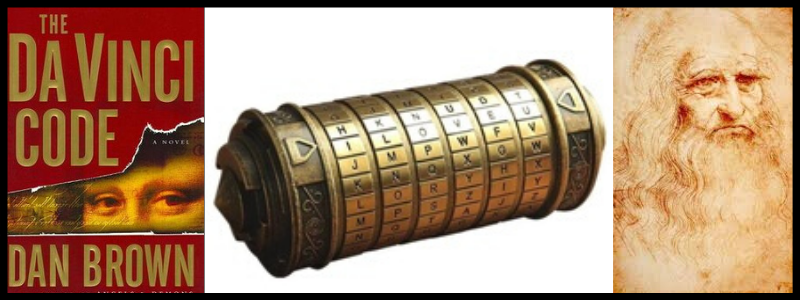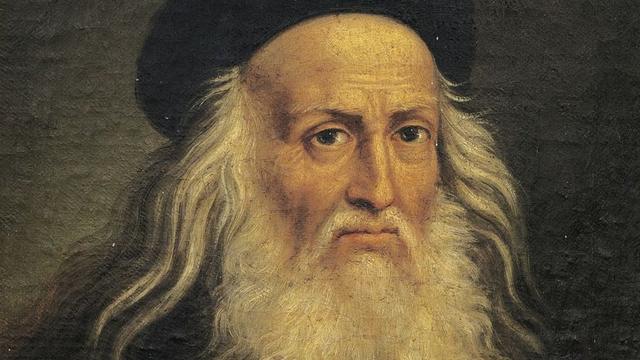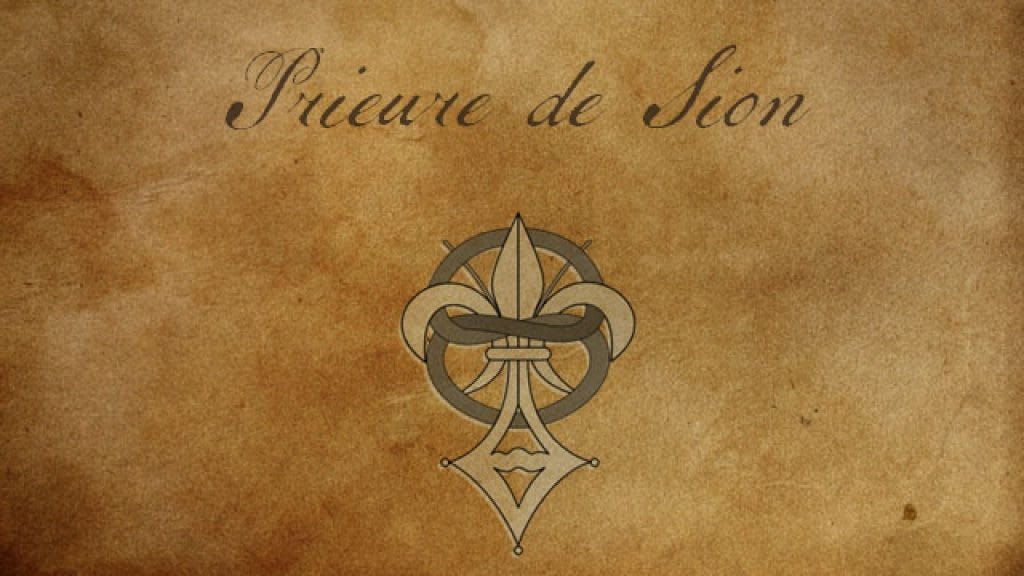Solving the Da Vinci Code

Is The Da Vinci Code Real?
Was Mary the 13th Apostle of Jesus Christ? Didn't Jesus Christ die? Did they marry and have children? What are the sources and facts of these claims in Dan Brown's book "The Da Vinci Code"?
Everyone wonders what the real password is.
Of course, topics such as murder, sexuality and feminism; It is not surprising that a gripping thriller novel with the message that Christianity is an unscrupulous, centuries-old conspiracy has become a sensation. It is clear that Doubleday, the original publisher of the work in America, both expected and encouraged such a sensation. Because before launching the novel, Doubleday distributed 10,000 copies of the book to the media free of charge for promotional purposes. This is a figure that exceeds all sales of any novel Dan Brown has ever written before. What can I say as a Christian? Perverted belief never sells!
The Story of The Da Vinci Code Novel
In summary, Harvard University's young and handsome "religious symbology" professor, Robert Langdon, and Paris Police Department's young and beautiful cipher expert, Sophie Neveu, are involved in a strange and terrifying murder case. This murder – actually a series of murders – stems from a conflict between two extremely powerful organizations. These two organizations are the "Order of Sion" and a religious institution called "Opus Dei" that works on behalf of the Vatican. The subject of the conflict is the legendary "Holy Grail".
According to some traditions, the “Holy Grail” is the bowl that Jesus Christ used at the last meal before his crucifixion. However, the Holy Grail actually represents some very different – and harmful – secret knowledge to the church and the Christian faith.
What is this “secret information”?
This is where the perverted beliefs I alluded to above begin! One critic summed it up this way: “Jesus is not the Son of God; he was a good person. To consolidate the power of Roman power, Emperor Constantine elevated Jesus to the status of God and adjusted the New Testament to support this myth of God. Jesus was married to Mary Magdalene, and Mary was pregnant with His child when Jesus was dying on the cross. The Holy Grail is not the cup that Jesus used at the last supper; it was actually the womb of Mary Magdalene. [2] Thus, Jesus had physical lineage, and this lineage continues to exist to this day, hiding his identity.
Is The Da Vinci Code Fiction or Fact?
One said, “But all these allegations, no matter how unpleasant they are, can take place in a novel. So these events are not real, they are fiction!” can say. In fact, the fiction-reality relationship has some interesting dimensions in the novel in question. Of course, as a literary genre, this is a novel. However, when we start reading the book, the first word we encounter is the word "TRUTH" written in bold capital letters.
On a page before the preface, after stating some facts about the two institutions called the Priory of Sion and Opus Dei, there is the following striking statement: "All the works of art, architectural structures, documents and secret rites mentioned in this novel are real" (p. 9). If the actual English of the sentence is translated more carefully, it reads “…the description of all the works of art, architecture, documents and secret rites mentioned is straightforward.” [3]
Thus, by revealing numerous surprising details about architecture, art, secret societies, history and Christianity in The Da Vinci Code, Brown aims to make the reader think that these are not fiction or even a claim, but facts. It has been significantly successful in this regard. As a matter of fact, when I overheard two people talking about the novel the other day, the words I heard were exactly like this: “As a novel, it is so and so. But, oh my God, it is full of such interesting facts!”
Dan Brown's writings reach an extremely wide readership. At last count, The Da Vinci Code has sold 7.2 million copies and has been translated into 40 languages. If 99% of this novel is true, this is an important situation that cannot be underestimated, at least for Christians. Accordingly, let's examine whether Brown's description of the world is "straightforward" by examining some of the "facts" presented to the readers in The Da Vinci Code.
Architecture, Art and a Mysterious Cult

On the subject of architecture, Brown offers the following surprising information about the glass pyramid structure in the Louvre Museum: “This pyramid…at the express request of President Mitterrand, was built of exactly 666 glass panels…This strange request was made by those who claim that the number 666 is the number of Satan.” has always been a subject of heated debate among conspiracy buffs” (p. 30). When reading this chilling information, one cannot help but say, "Our world is full of terrible secrets." But rest assured, there is actually nothing to fear about this: The glass pyramid in question consists of 673 glass panels, not 666.
As for art; Brown could not even accurately describe Da Vinci's Maiden of the Rocks as an object. In the novel, this painting is described as a "piece of cloth" one and a half meters high (p. 151). The Maiden of the Rocks is actually about two meters high and was made on wood, not canvas. [7] Additionally, Brown misrepresents some basic information about the life of Leonardo Da Vinci, one of the main subjects of the book. For example, according to Brown, Da Vinci accepted “hundreds of lucrative orders from the Vatican” (p. 57). In fact, Da Vinci only accepted one commission from the Vatican and never fulfilled it. [8]
Maybe you might ask, “What do such simple details matter?” you say. It matters in this respect: Brown, who claims to have brought to light centuries-old extremely important conspiracies, may not be a reliable guide when it comes to deep and complex subjects if he is careless enough to misrepresent details that can be easily verified in the encyclopedia or on the Internet.
This interpretation is not easily believed. Leonardo's script follows the Florentine school's traditional portrayal of the Last Supper, emphasizing Jesus' denial and sacrifice, not the 'Lord's Supper' speech. At the same time, [in these paintings] John is always depicted as a beautiful young man, and because of his closeness to Jesus, he is shown on Jesus' right side. This tradition is continued in Leonardo's painting of John, and the element of the absence of the bowl is also seen in older Italian paintings. [10]
Priory of Zion

Now it's time for "The Priory of Zion", one of the cornerstones of The Da Vinci Code. This secret society is so important in Brown's worldview that the first lines of the book are devoted to presenting the following facts about the Priory of Zion:
– It was founded in 1099.
– In 1975, the membership list of the Priory of Sion appeared in the National Library of Paris.
Members of the Priory of Sion included such famous intellectuals as Sir Isaac Newton, Botticelli, Victor Hugo and – importantly – Leonardo da Vinci (p. 9).
But if one is willing to do a little research, one can obtain the following information about the Priory of Sion:
– A Frenchman named Pierre Plantard founded the association called Priory of Sion in June 1956. The original association was aimed at protecting the rights of people benefiting from the cheap rental housing sector. The name of this association originated not from Mount Zion in Jerusalem, but from Mont-Zion, located near Geneva. There are no documents mentioning the Priory of Zion in historical documents before June 1956.
– The scrolls found in Les Dossiers Secrets [i.e., “The Secret Files”] are forged documents fabricated by Plantard and an assistant named Philippe de Chérisey. These scrolls were placed by Plantard in the National Library of Paris. 
SOURCE:
https://tr.wikipedia.org/wiki/Da_Vinci_%C5%9Eifresi
https://www.tdk.com.tr/Da-Vinci-sifresi_15529.html



































